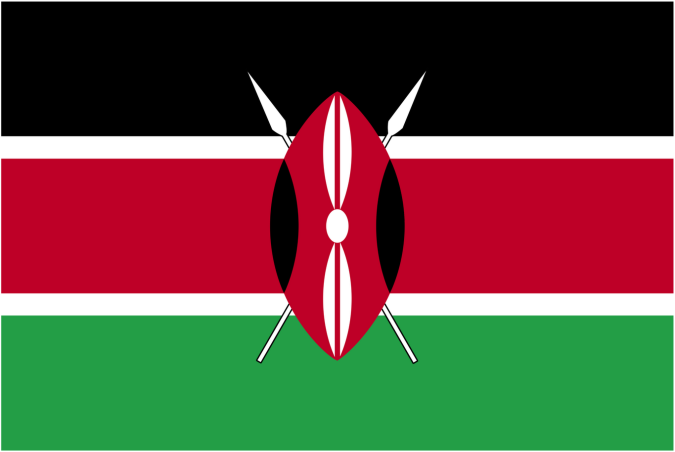KENYA: Borrowers in default on 21pc of mobile bank loans

OTIATO GUGUYU
At least one in five loans have not been repaid since 2017, compared to 10 per cent for customers who take regular loans, bankers’ lobby says in new report.
One in five loans taken through mobile phone platforms are in default even as the ease of digital borrowing creates an ever-growing pool of distressed borrowers.
Kenya Bankers Association — the lenders' lobby group — says in a new report that 21 percent of digital loans were not repaid between 2015 and last year.
However, the association did not reveal how much its members had given out as digital loans.
The default rate is more than double the average ratio of non-performing loans for conventional borrowing - whose default rate has stood at 10.2 percent over the three year period.
This trend has exposed the default risks of extending credit through cell phones.
Many Kenyans now find they can get loans in minutes with the banks relying heavily on algorithms that build a financial profile of customers in the quest to minimise the risk of default.
“Digital non-performing loans (NPL) to digital credit ratio for commercial bank averaged at 21 percent between March 2015 and March 2018, which is relatively high as compared to the banking industry average NPL ratio of 10.2 percent,” the study released last week has shown.
CRBs
The higher non-performing digital loans have triggered the increase in the number defaulters reported to one of Kenya’s three credit reference bureaux, hurting the borrowers’ chances of being able to borrow more.
To avoid defaults, borrowers tap loans from a numbers firms to settle loans owed to rival digital lenders, thus mounting their debt and this ultimately leads them to being negatively listed on Credit Reference Bureaux (CRBs).
In the last three years, 2.7 million people out of a population of around 45 million, have been negatively listed with CRBs, according to a study by Microsave, a consultancy which advises lenders on sustainable financial services.
The bulk of the defaulters borrowed loans below Sh1,000, mostly through mobile phones.
The defaults come at a time when the banking sector is battling a rise in distressed borrowers as Kenya’s economy slows down.
Kenya’s economic growth slowed in the first quarter of this year compared with the same period last year due to dry weather which adversely affected the farming sub-sector. The economy grew 5.6 percent year-on-year from 6.5 percent in the same quarter last year.
Agriculture, which contributes about a third of output or Gross Domestic Product (GDP), grew 5.3 percent compared with 7.5 percent in the first quarter of 2018, denying the economy cash, given that the bulk of Kenyans derive their income from the sector and its auxiliary sub-sectors like retail.
Non-performing loans in the banking industry have increased to double digits for the first time since 2007 as banks aggressively seize defaulters’ assets.
Auction
The rise in non-performing loans points to the difficulties businesses and individuals are facing to stay afloat in the economy, and the reduced spending power of ordinary Kenyans.
A rising number of borrowers have seen their properties go under the hammer after finding it difficult to service their loans, with the most commonly auctioned sectors being real estate and motor vehicles. Top auctioneers are reporting a glut of repossessed vehicles, land, homes and office equipment being sold off cheaply across Kenya.
“More and more people are defaulting and banks are having no option but putting their property up for auction,” said Stephen Kang’ethe, an auctioneer with Nairobi-based Dalali Traders.
“Commercial Banks have also become aggressive in seeking to recoup the defaulted money hence the rise in auctions”.
However, bankers have preferred CRB listing for digital loans because their individual borrowings are small to justify auction costs.
“The defaults for digital loans are high because they are more accessible and the requirements less stringent. People need a valid reason to take conventional loans as opposed to just borrowing because it is accessible,” said Renaldo D’souza, a research analyst at Sterling Capital. “The NPLs may also be high because the high interest rates they are charging, unlike conventional loans which charge an annual rate, mobile loans charge per month for the short term loans, which is expensive.”
The current legal regime of the digital lenders, which is outside the direct remit of the Central Bank, allows providers, both banks and others, to escape the government cap on interest of four points above the CBK-benchmark interest rate, which now stands at nine percent and caps credit cost at 13 percent.
SOURCE: BUSINESSDAILYAFRICA
 Africas leading resource for digital financial services
Africas leading resource for digital financial services


comments